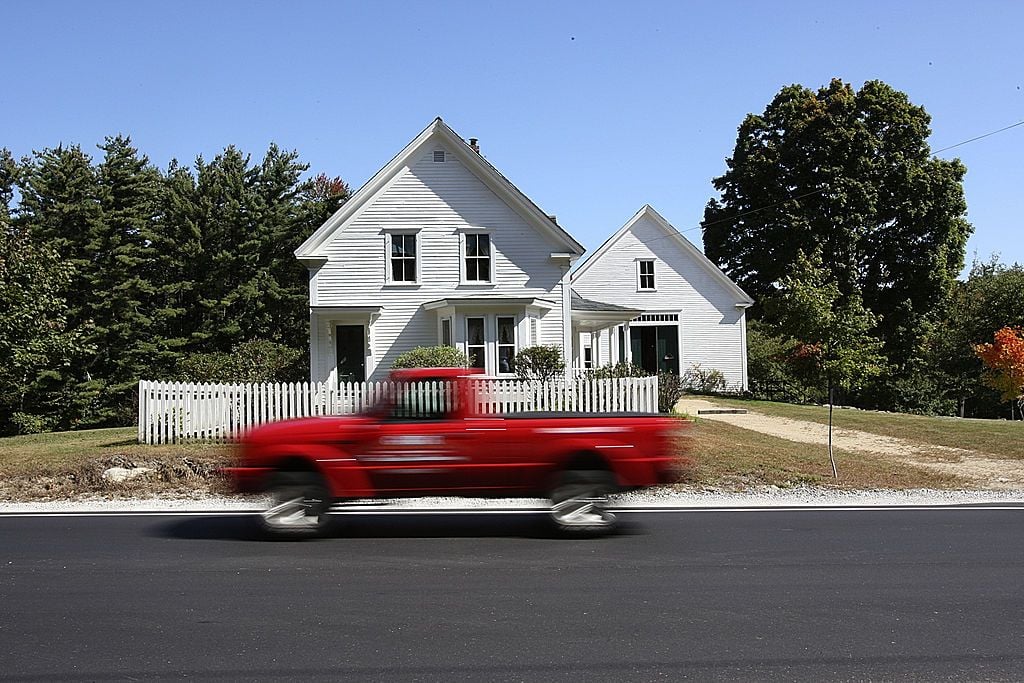As I turned into the farm that once belonged to the poet Robert Frost, the steady hum of tires on pavement gave way to the crunching gravel of the driveway before the silence of a solitary parked car.
Ignoring the Derry, New Hampshire, historic white clapboard house and barn, I walked in the opposite direction to examine the most famous stone wall in the United States. This knee-high, tumbled-down, lichen-crusted stack of boulders, slabs and cobbles inspired one of America’s most enduring poems, Frost’s “Mending Wall.” When published in 1914, the poem immediately drew attention to the barriers that divide us from one another and to the unseen forces of nature that undo what we have done.
Something there is that doesn’t love a wall,
That wants it down.
These lines resonated so strongly with President John F. Kennedy in 1962 that he sent the aging poet to meet with Soviet Premier Nikita Khrushchev in Moscow to ameliorate Cold War tensions that would soon escalate into the Cuban missile crisis.
Yes, we humans need our boundaries, borders and barriers. The political edges of sovereign states. Physical razor-wire fences of prisons. The legal restraining orders of personal safety. The psychological doors we close to find time alone. But at the most fundamental level, our need for one another trumps our need to exclude one another. History shows that even the strongest walls built to gate off empires, nations and cities—Hadrian’s Wall in Britain, the Great Wall of China and the Berlin Wall—eventually become ruins.
Robert Frost and his wife, Elinor, lived at this farm in Derry, New Hampshire from 1900 to 1909. Suzanne Kreiter/The Boston Globe via Getty Images
The fieldstone walls of Frost’s New England farm are typical of those throughout the region because they emerged from the same cascade of natural and human processes. Glaciers scatter uncrushed rock. People cut down old-growth forests to create an agrarian society. Stone appears in fields and pastures. Farmers scuttle and dump that waste to wooden fence lines and eventually stack that…
Click Here to Read the Full Original Article at Travel | smithsonianmag.com…
